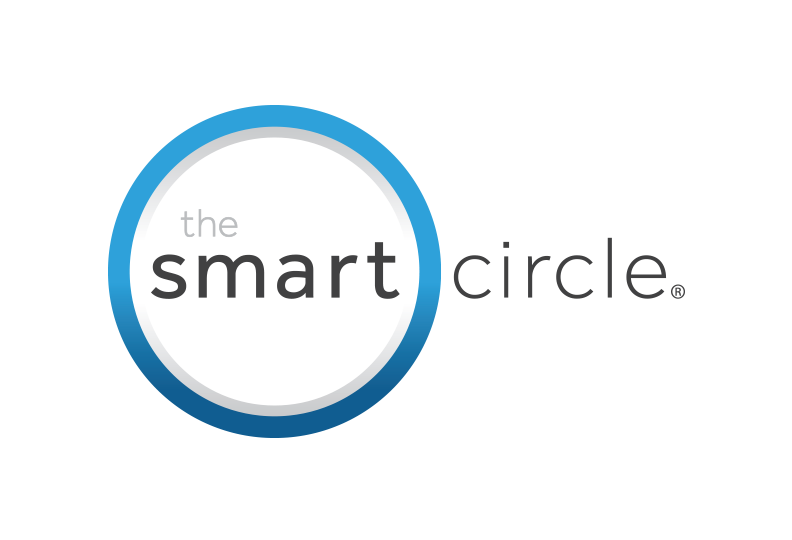When it comes to building your business and taking into account the relative competition, it’s important to choose the right approach to reach and convert customers. Out of the hundreds of decisions a business will face, one of the most important is choosing between a direct sales and indirect sales approach. What you decide affects your brand control, scalability, and how effectively you build customer relationships that last. Smart Circle offers customized, direct sales solutions that are proven to garner results. Let’s look at a sales models comparison, explore the direct sales advantages and indirect sales benefits, and discover when a hybrid sales strategy might best serve your business.
Sales 101: Understanding Direct vs. Indirect Models
Fundamentally, direct sales involve your team selling directly to your customers. This might be through face-to-face interactions, phone calls, or social media/digital engagement. This allows you to have full sales control and customization. Basically, you’re directly influencing how your brand is perceived and, in turn, how solutions are presented. Smart Circle excels at this strategy and will help you discover the optimal approach for your business, via our smart channels and programs.
On the other hand, indirect sales harness third-party channels like affiliates, distributors, and resellers. This strategy lets companies tap into already-established networks for a scalable sales strategy. However, it also means giving up some control over customer relationships and brand messaging.
When you compare direct sales vs indirect sales, the decision comes down to your go-to-market strategy, the availability of resources, and the complexity of your product or service.
Direct Sales: Control, Customization, and Customer Connection
One of the main benefits of taking the direct sales approach is the ability to build personalized customer relationships. We offer our clients a unique approach that incorporates a number of services that deepen brand loyalty. In this case, your sales reps are your brand ambassadors, and they deliver tailored messaging to build your brand value. This method offers several strategic advantages:
· You have full control over branding and customer interaction
· The ability to personalize the sales approach, based on real-time feedback
· Higher sales conversion rates because you’re directly building relationships and, therefore, trust with customers
For industries that have more built-in complexities—such as financial services, healthcare or tech —direct sales advantages become even more impactful. Some examples include industries like telecommunications (AT&T), energy (Direct Energy), home improvement (Renewal by Andersen comes to mind), and even nonprofit fundraising (Greenpeace) often see tremendous results from face-to-face interactions. You can guide potential and existing customers through long sales cycles, answer questions on the spot, and develop long-term loyalty to your brand.
However, direct sales also come with higher costs. The cost per acquisition can be significant due to training, staffing, and logistics. Plus, scaling a direct sales team can be quite time-intensive and require careful thought behind hiring and management.
Indirect Sales: Leverage, Reach and Channel Power
Indirect sales, by contrast, offer a lower-risk method to enter new markets or quickly scale. By working with partners like resellers or affiliates, you can take advantage of their existing infrastructure and their existing customer base. Indirect sales benefits include:
· Quick scalability with minimal internal resources
· Access to new markets without upfront costs
· A wider reach through third-party networks
Still, there are some trade-offs. Channel conflict can arise if partners prioritize their own sales over yours or if the messaging from one affiliate to the next becomes inconsistent. You’ll also have less of a voice when it comes to customer relationships, which ultimately makes feedback loops and tracking performance more difficult.
Industries like consumer electronics (think Best Buy or Apple), packaged goods (Procter & Gamble), and software companies (Microsoft through their channel partner sales network) are all great examples of how the indirect sales approach can work masterfully.
This is why effective sales channel management is so important here. A strong reseller network and a user-friendly partner portal can help to streamline operations, ensure there is an alignment, and reduce your risk.
Key Advantages and Disadvantages of Each Model
When you look at a sales models comparison, it reveals how each strategy can fit different business types and goals. Direct sales work well for:
· Products and/or services that require some type of explanation or customization
· Businesses that are focused on strong brand identity and customer relationships
· B2B companies that are managing long sales cycle analysis
While indirect sales are better suited for:
· Companies that are aiming for faster market penetration
· Products with high volume and require little customer support
· Expansion into regions where local partners already have an established presence
Companies that use a B2B sales model, for example, can usually find success by combining these two methods into a hybrid sales strategy by offering hands-on support for larger accounts, while also using partners for smaller or international clients.

Hybrid Sales Strategy: The Best of Both Worlds
As you may expect, a hybrid sales strategy merges the best of both of these worlds. For example, a software company might use an internal direct sales team for enterprise clients, while relying on channel partner sales for mid-market segments.
Benefits of this approach include:
· Larger market scope with versatile resource management
· Strategic use of sales tools and CRM for centralized data tracking
· Tailored experiences for important key accounts without sacrificing scalability
Many companies using a B2B sales model will benefit from this flexible approach, especially when they are scaling across many regions or industries. A strong sales channel management system ensures the smooth coordination between internal reps and external partners.
Team Structure and Tools for Each Sales Model
The ideal sales team structure depends on the strategy you’ve chosen for your business. With direct sales, you’ll need dedicated reps, account managers, and quite possibly, field teams. With a direct sales approach, clear training programs and consistent messaging are important.
Utilities like sales tools and CRM platforms (for example: Salesforce, HubSpot) provide support to track performance, manage the pipeline, and to gain customer insights.
For an indirect sales strategy, your team will shift toward partner management roles, focusing on recruiting, onboarding, and incentivizing your channel partner sales. A strong partner portal and PRM (partner relationship management) system will help track performance and maintain alignment.
Measuring Success: Metrics that Matter for Direct and Indirect Sales
Your business’s success depends on knowing which sales performance metrics you need to track:
For direct sales:
· Sales conversion rates
· Average deal size
· Cost per acquisition
· Sales cycle analysis
For indirect sales:
· Revenue from channel partner sales
· The number of partner-generated leads
· Partner retention and satisfaction
Tracking these metrics will help to optimize strategy, identify gaps that arise, and scale effectively. Whether you’re managing a direct team or an expansive reseller network, consistently measuring these elements is what will help to drive growth.
Choosing the Right Path: Factors to Consider for Your Business
Ultimately, the decision between a direct vs indirect sales strategy depends on a number of factors:
· The nature of your product or service
· Your budget
· Desired level of customer interaction
· How quickly you need to scale
In some cases, utilizing a hybrid sales strategy is the best way to balance control and expansion.
Start by assessing your go-to-market strategy, sales team structure, and the tools you have available. Evaluate your sales cycle analysis, your ideal sales performance metrics, and the kind of customer relationships you want to build.In the end, no single model fits all businesses. That’s why Smart Circle works diligently with your team to determine which avenues to optimize for the best reach. When you have a clear understanding of the various sales strategies, how to properly execute them, and savvy sales channel management, you can drive both growth and customer satisfaction—while also leveraging the full spectrum of direct sales, indirect sales or both. Ready to learn more about direct sales and innovative direct advertising solutions? Get in touch today!





